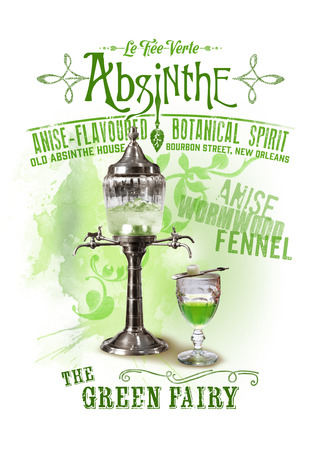Tag: French cuisine
-
Croquembouche
A croquembouche is a French dessert consisting of a pyramid of choux-buns bound with threads of caramel. It’s sometimes served instead of a wedding cake or as a treat at other parties. It’s become popular also to make a croquembouche to look like a decorative Christmas tree.
-
Autolyse
Autolyse is a term for bread baking technique of mixing the flour and water together and leaving it to rest before adding the other ingredients, such as yeast and salt. This simple technique is said to improve the structure of the bread as well as to make mixing and kneading easier. Professor Raymond Calvel, a…
-
Gallimaufry
The word gallimaufry originated from the French galimaufrée meaning a meat stew. The word was adopted in English to mean any kind of hotchpotch, potpourri, or jumble of things. In culinary terms these days it could be used to describe any ragout of mixed meat and/or vegetables.
-
Baguette
A baguette is a long, thin loaf of bread. It’s commonly known in English as a French stick. It’s made from a lean type of dough which is defined by French law. The dough traditionally contains wheat flour, water, yeast and salt. Some baguettes are made by using a ‘poolish’ – a starter dough to…
-
Vermouth
Vermouth is an alcoholic drink made from a red or white wine base infused with any of a wide variety of aromatic herbs. It’s mostly used as a basis for cocktails. Its name comes from one herb in particular – wormwood. Vermouth is produced in the foothills of the Alps on both the French and…
-
Dauphinoise
What is it? Gratin dauphinoise is a traditional French dish made with sliced potatoes, baked in cream, seasoned with nutmeg and garlic. Other vegetables can be cooked in the same way. The celeriac dauphinoise pictured above has been made as an individual portion but it’s more usual to make a large dish and split it…
-
Celeriac
What is it? Celeriac is a relative of celery, cultivated for its edible roots. It’s often described as being ugly and sometimes as the unsung hero of the vegetable world. It’s an oddly-shaped, knobbly, root vegetable which has a subtle, celery-like flavour, with nutty overtones. It’s available all year round but best in the colder…
-

-
Abondance
Abondance (also called Tomme d’Abondance) is a semi-hard, fragrant raw milk cheese produced in Chablais, Haut-Savoie, in south-eastern France. It’s made from milk from Abondance cows, which is how it got its name. It must be aged for a minimum of three months on specially prepared spruce boards. Abondance cheese was granted Appellation d’origine contrôlée…
-
Abaisse
This is a term used in French cookery. It means a sheet of rolled-out pastry. Abaisser means to roll out thinly. Sometimes the term abaisse is used for a biscuit (cookie) or a slice of sponge cake, which may be spread with cream or jam. The word isn’t very commonly used except in the case…